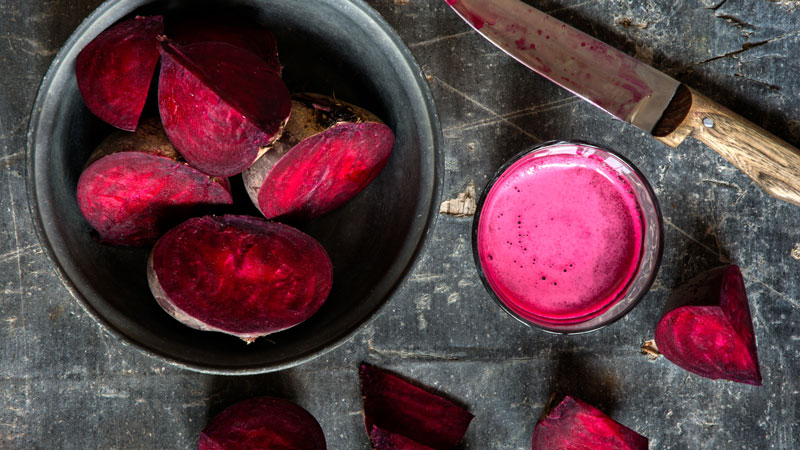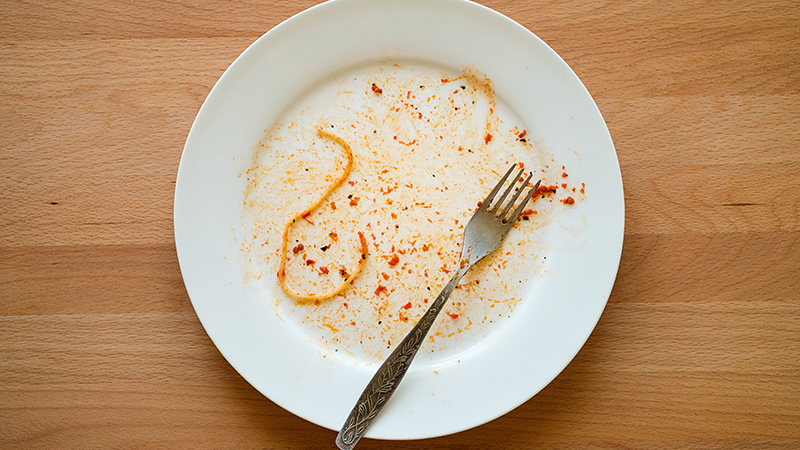What’s in Your Wine?
Ingredients That Might Impact Your Health
It’s bad for you! It’s good for you! What’s the bottom line on drinking wine?
The reason headlines conflict is that the effect of wine on your health is a complex topic. The truth is, some ingredients in wine can benefit your health in specific ways. But wine also contains some ingredients that aren’t healthy, plus it’s addictive and can impair brain function.
Before your next pour, here are a few things to consider.
Is Wine Heart-Healthy?
Research shows that wine provides anti-aging benefits, protects against certain cancers and improves heart health. Both red and white wine contain antioxidants, which help prevent damage to blood vessels and help protect the body. They may also increase your high-density lipoprotein (HDL) cholesterol (the “good cholesterol”) and protect against plaque build-up in your arteries.
But before you add wine to your heart-healthy routine, know that there’s a fine line between reaping the benefits and overdoing it.
“A small amount of wine might be beneficial, but I would caution individuals from overdoing it,” says Preeti Kansal, MD, cardiologist at Northwestern Medicine Bluhm Cardiovascular Institute. “It’s the presence of antioxidants that provides health benefits. Those can also be found in other foods, like cherries, blueberries and spinach.”
If you indulge in an occasional glass of vino, remember to drink in moderation. Moderate alcohol use is considered one drink a day for women, and up to two drinks a day for men.
What’s Lurking in Your Glass of Wine
While it may have some “healthy” ingredients, wine also contains sugar, sulfites and other additives that can lead to weight gain and increase your risk for other health issues.
Take a closer look:
- Calories. The average glass of red wine has an average of 125 calories per 5-ounce glass, which can stretch the waistline without much effort.
- Sugar. The sugar in wine is called residual sugar, and it comes from the natural sugars found in wine grapes that include fructose and glucose. If you’re limiting your sugar intake, avoid dessert wines, which can have as much as 8 grams per serving. Dry wines contain the least amount, but it’s still worth reading the label to see what might be inside.
- Sulfites. Some wines contain sulfur dioxide, which helps kill unwanted bacteria and increase shelf life. Some people have a sulfite sensitivity, but in general, sulfites don’t have substantial impacts on health.
- Acids. There are three primary acids found in wine grapes: tartaric, malic and citric. Average acidity ranges from 2.5 pH to 4.5 pH, and tends to be higher in white wine. While they help enhance flavor, these acids can worsen acid reflux.
- Yeast. Yeast is a fungus that helps grapes ferment and contributes to the flavor profiles you experience when drinking wine. While the allergen proteins break down with heat, making an allergic reaction unlikely, sip with caution if you have a yeast allergy.
- Tannin. The tannin comes from the skins, seeds and stems of a grape, and they help red wine last a long time. It gives red wine pigment and bitterness, and it can cause “dry-mouth.” If you get a “red wine” headache, it could be caused by this ingredient, although there is much debate on the subject.
- Histamines. Do you experience allergy-like symptoms after a glass of wine? These organic compounds can cause inflammation and keep you up at night.
- Non-vegan ingredients. Although this is not applicable to all wines, some producers may add casein (a milk protein), albumin (egg whites) or gelatin (animal protein). These “fining agents” are used to help process the wine to remove protein, yeast and other particles. If you want to avoid animal products, look for wines labeled vegan or unfined.
Better Ways to Look After Your Heart
If you’re looking to improve heart health, popping the cork may not be the best way. Instead, Dr. Kansal recommends a healthy diet and exercise.
“Your heart is a muscle with its own plumbing and electrical system,” she explains. “In order to help it thrive, it needs to be cared for.” See some simple rules to follow a heart-healthy diet.
If you’re not ready to give up the occasional glass of wine, remember to drink in moderation and choose your bottle wisely. Certain wines could have hidden ingredients, loaded with sugar and calories, and may not be worth the benefits you might receive.






